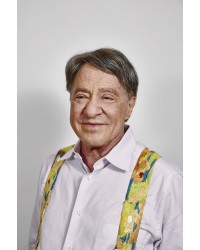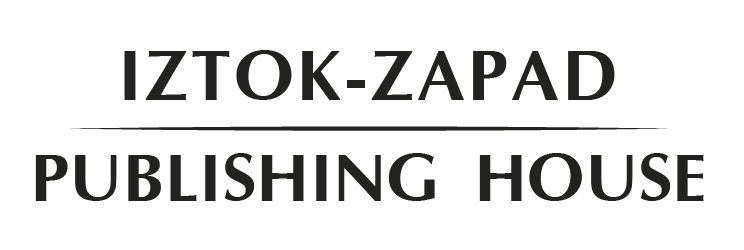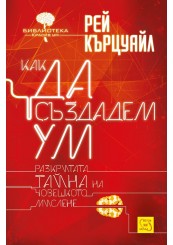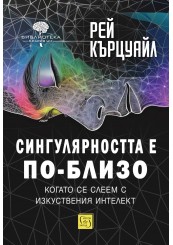Ray Kurzweil

Ray Kurzweil Ris a leading American inventor, engineer, entrepreneur, writer and futurist with over thirty years of accurate predictions for the future of humanity in the era of technology and artificial intelligence. He was born in 1948 in Queens, New York, and graduated from the Massachusetts Institute of Technology in 1970. He joined Google in 2012 and is currently their AI Visionary and a Principle Researcher.
He has numerous successful business ventures and projects in various fields, including technology, music and education. Kurzweil is the inventor of the first flatbed scanner, the first font-independent optical character recognition, the first machine to read printed text aloud for the blind, the first digital text-to-speech synthesizer, the first musical synthesizer capable of reproducing a grand piano and other orchestral instruments, and the first commercially available speech recognition software with a large vocabulary.
He has received many prestigious awards and honors, including the National Medal of Technology and Innovation (1999), the United States’ highest honor in the field of technology. He has been inducted into the National Inventors Hall of Fame and has 21 honorary doctorates, as well as awards from three U.S. presidents. As an innovator, inventor and theorist, he is one of the most influential visionaries of our time.
The Wall Street Journal calls him “the restless genius” and Forbes calls him “the unrivaled thinking machine”. Kurzweil was named one of the best entrepreneurs by Inc. magazine, which described him as “the rightful heir to Thomas Edison.” PBS listed him as one of the “sixteen revolutionaries who made America”. Bill Gates calls him “the best at predicting the future of artificial intelligence,”; many of his predictions have already come true.
He has written books on health technology, artificial intelligence, transhumanism, the technological singularity, and futurism. He has an optimistic outlook on life-extending technologies and the future of nanotechnology, robotics, and biotechnology. In his best-selling book How to Create a Mind (subtitled “The Secret of Human Thinking Revealed”), published in the US in November 2012 and in Bulgaria in 2015, Kurzweil makes a huge breakthrough in the study of the human brain. In his new book The Singularity is Nearer (2024), which is a sequel to his landmark book The Singularity is Near (2005), he examines how technology will change the human race in the coming decades.
€7.77 (15.20 лв.) €9.71 (19.00 лв.) Ex Tax: €7.13 (13.94 лв.)
€14.68 (28.72 лв.) €18.36 (35.90 лв.) Ex Tax: €13.47 (26.35 лв.)



